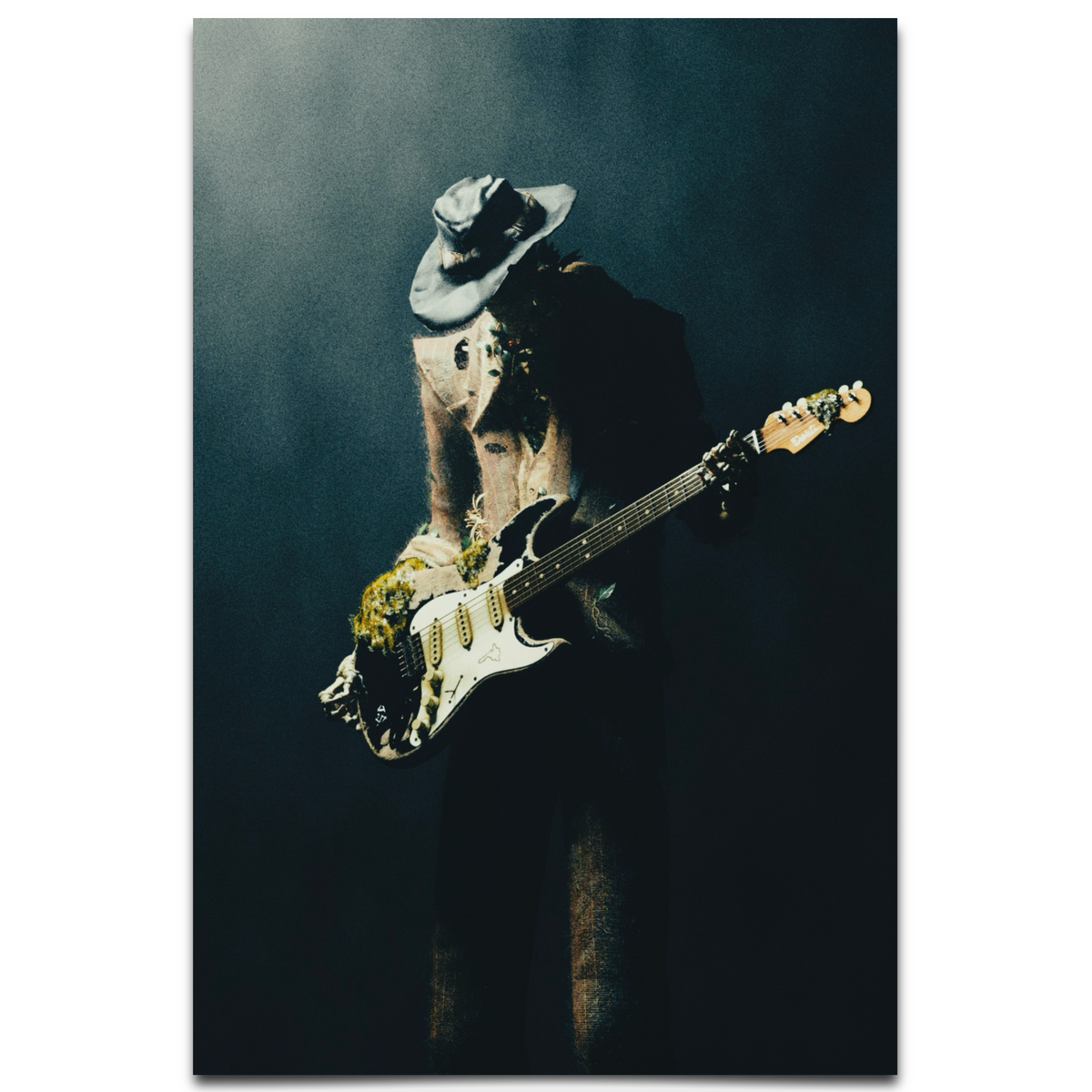Writing melodies on a guitar can feel intimidating at first, but with a little guidance, it becomes an exciting and creative process. A melody is essentially the “tune” of a song—the part you hum or remember most. On a guitar, crafting a melody involves combining single notes, scales, and your own musical intuition to create something unique. Whether you’re a beginner or an intermediate player, this guide will walk you through the basics of writing melodies on guitar.
1. Start with a Scale as Your Foundation
Every melody is built from a set of notes, and scales provide the roadmap. The most common starting point is the major or minor scale, as they evoke different emotions (major feels happy, minor feels sad). For example, the C major scale (C-D-E-F-G-A-B) is a great place to begin because it’s simple and familiar. Play the scale on your guitar to get a feel for the notes—use the first string (high E) or second string (B) to experiment with single-note lines. Pick a few notes from the scale and play them in different orders to start forming a basic melody.
2. Focus on Simple Patterns and Repetition
A good melody doesn’t need to be complex. Start by creating short, memorable phrases using just 3-5 notes from your chosen scale. Repetition is key—think of iconic melodies like “Twinkle, Twinkle, Little Star,” which repeats simple patterns. On guitar, try playing a sequence of notes, then repeat it with a slight variation (like changing one note or the rhythm). This creates a sense of familiarity while keeping things interesting.
3. Experiment with Rhythm and Timing
A melody isn’t just about the notes—it’s also about how long you hold them and the spaces between them. Use a mix of quarter notes, eighth notes, and pauses to give your melody a unique feel. Tap your foot or use a metronome to keep a steady beat as you play. For instance, holding a note longer at the end of a phrase can create a sense of resolution, while quick, short notes can build energy.
4. Add Emotion with Bends, Slides, and Dynamics
The guitar offers unique ways to express emotion in a melody. Techniques like string bends (pushing a string up to raise the pitch), slides (gliding between notes), and hammer-ons/pull-offs can add personality. Also, play with dynamics—try playing some notes softly and others with more force to create contrast. These small touches can turn a basic sequence of notes into something that feels alive.
5. Draw Inspiration from Songs You Love
If you’re stuck, listen to melodies from songs you admire. Pick out the main tune on your guitar by ear, even if it’s just a small part. Notice how the notes flow and what makes the melody catchy. You don’t need to copy—just use it as a springboard for your own ideas. Over time, your ear will get better at recognizing patterns, and your creativity will grow.
6. Record and Refine Your Ideas
Finally, don’t let a good idea slip away. Use your phone or a simple recording device to capture your melody as you play it. Listen back and tweak it—maybe adjust a note or change the rhythm. Writing melodies is a process of trial and error, so be patient and keep experimenting.
Writing melodies on guitar is all about blending structure with creativity. Start with a scale, play around with simple patterns, and let your emotions guide you. With practice, you’ll develop an instinct for crafting tunes that resonate. So, grab your guitar, pick a few notes, and see where your imagination takes you!
























